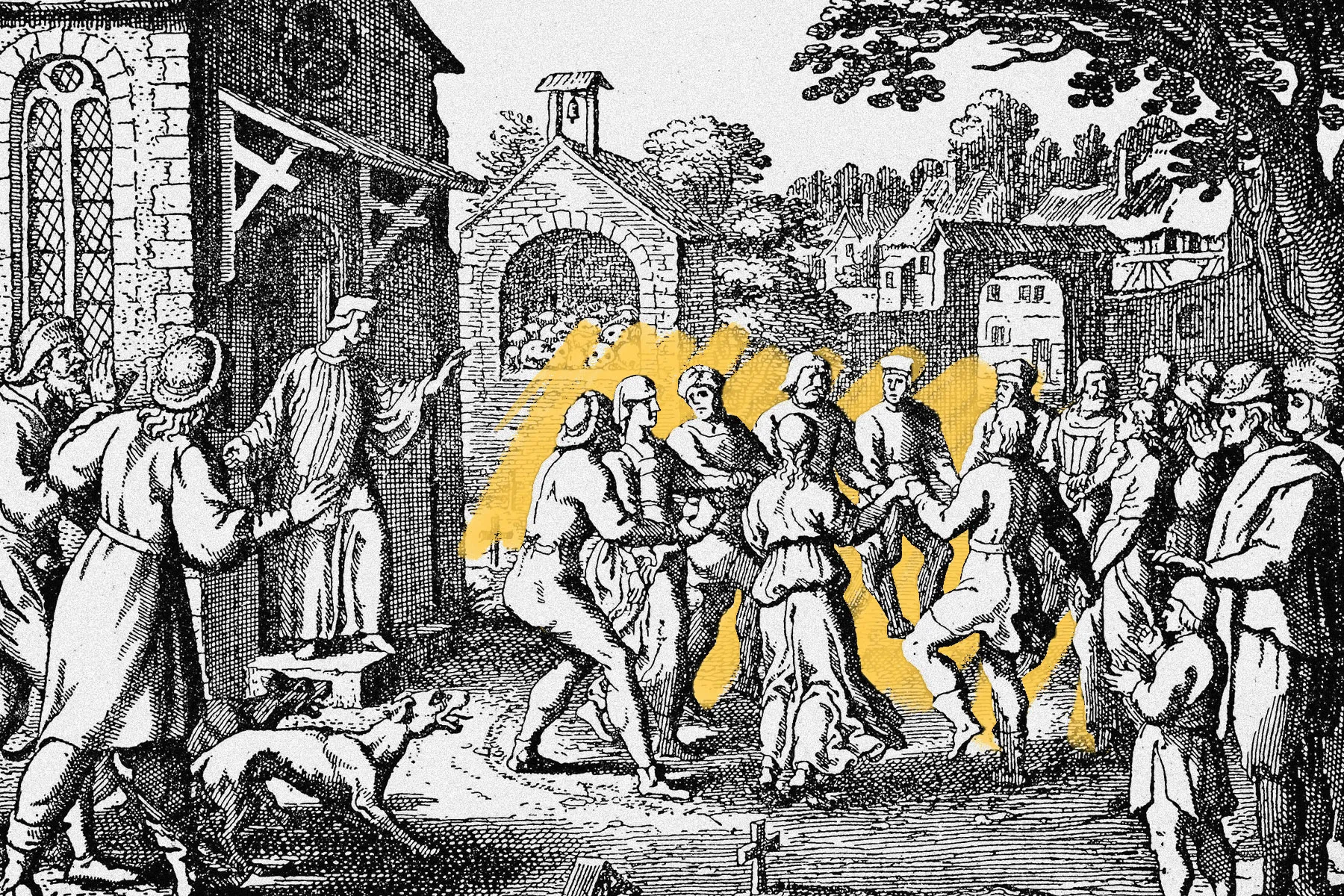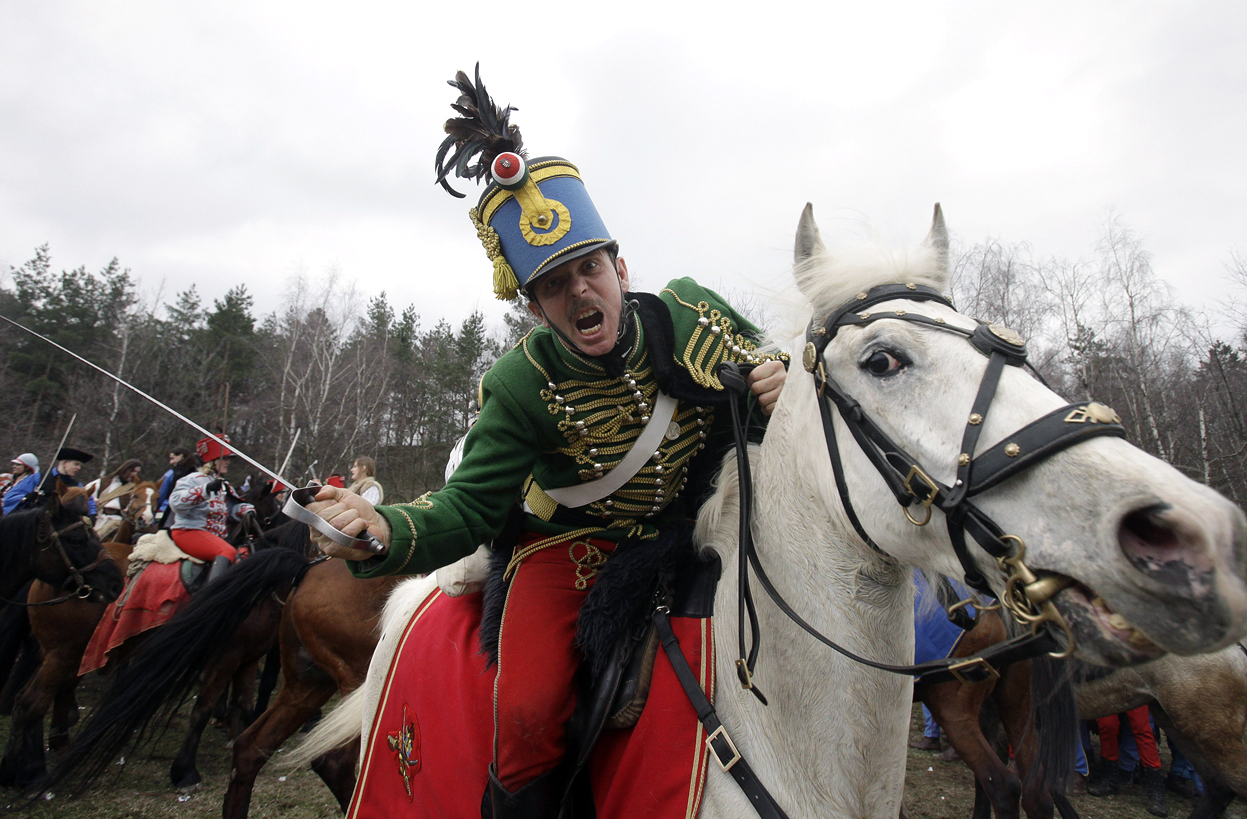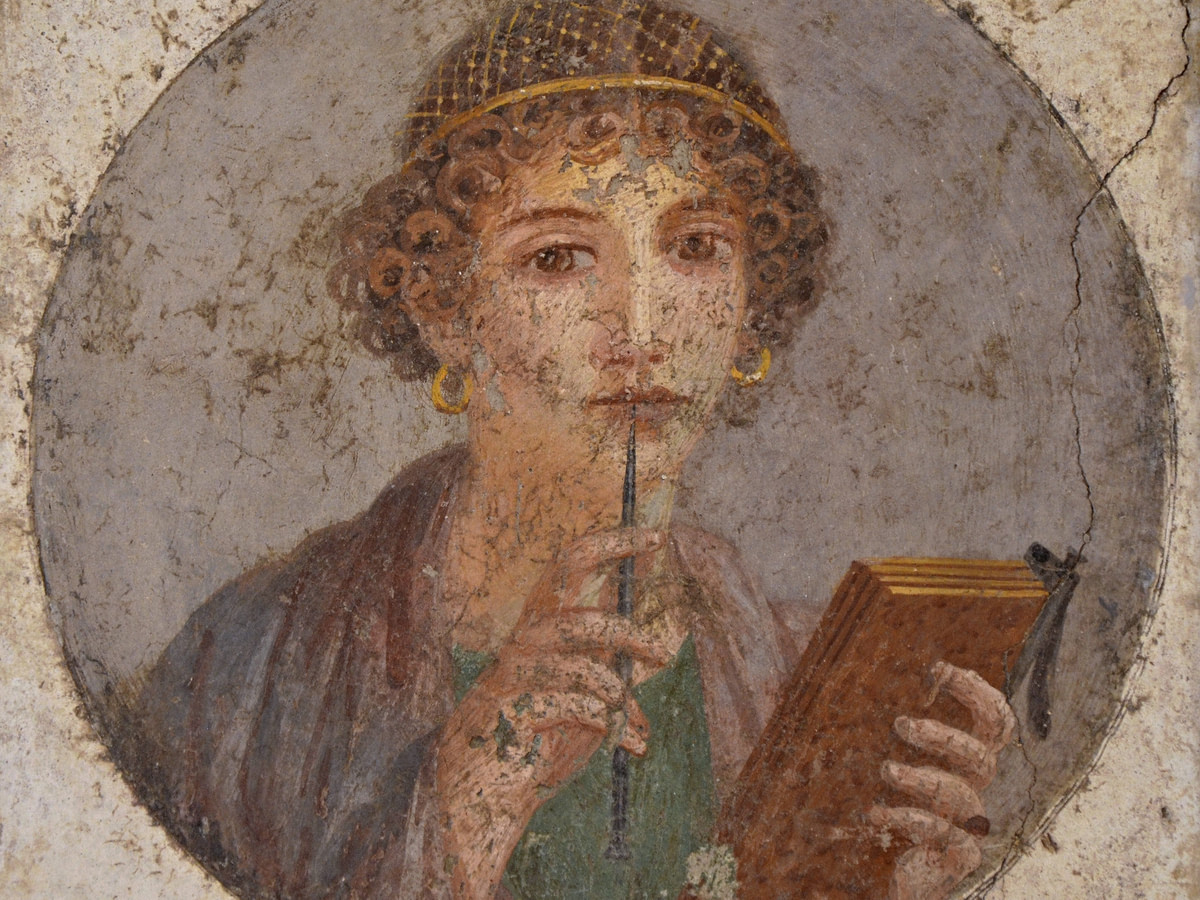In July 1518, residents of Strasbourg (then part of the Holy Roman Empire) witnessed a bizarre and terrifying phenomenon—dozens of people dancing uncontrollably in the streets. It began with one woman, Frau Troffea, who danced for days without rest. Within a week, her movements spread like a contagion, with over 400 others joining her in this inexplicable frenzy. Many collapsed from exhaustion, and historical records claim some even died from strokes or heart attacks.
Historians and medical experts still debate the cause of this bizarre outbreak. Theories range from ergot poisoning—a hallucinogenic mold found in rye—to mass psychogenic illness, triggered by extreme stress, famine, or superstitious fears of divine punishment. Medieval Strasbourg was under severe social pressure at the time, facing disease and food shortages, which may have created the psychological conditions necessary for this mass hysteria to take root and spread.
The Dancing Plague of 1518 remains one of history’s most fascinating and unsettling events. It challenges modern understanding of the mind-body connection and collective human behavior. As strange as it seems, the episode serves as a reminder that psychological distress can manifest in unexpected—and sometimes tragic—ways. Today, it’s studied as an early example of how fear and stress can ripple through a community, shaping behavior on a mass scale.




